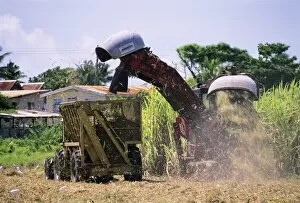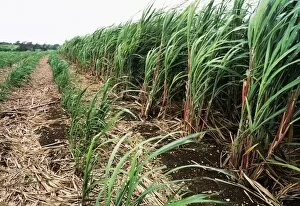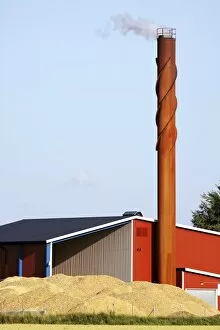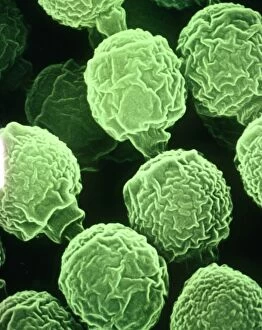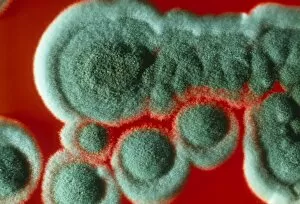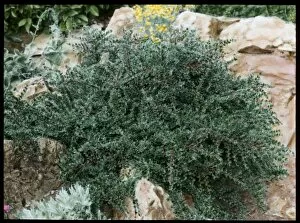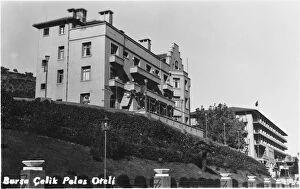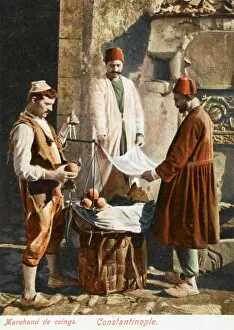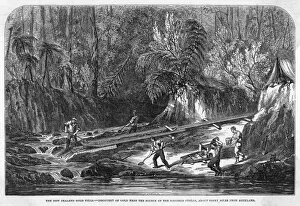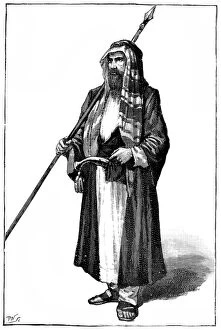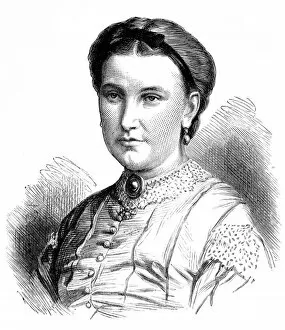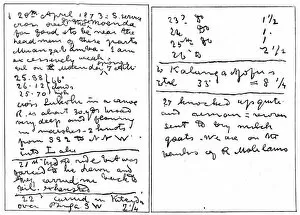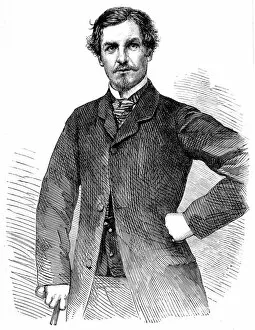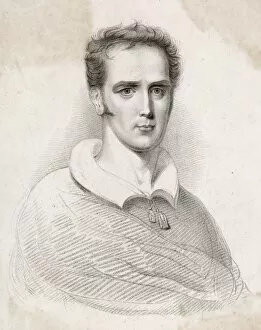Source Collection (#15)
"Unveiling the Hidden Sources
For sale as Licensed Images
Choose your image, Select your licence and Download the media
"Unveiling the Hidden Sources: From Sir Richard Francis Burton's Adventurous Tales to the SEM of Penicillin Fungus" Discovering the world through sources has always been an exhilarating journey. Just like Sir Richard Francis Burton (1821-1890), who fearlessly explored unknown territories, we too can delve into uncharted realms of knowledge. Peering through a scanning electron microscope (SEM) at the intricate structure of penicillin fungus, we witness nature's incredible source of life-saving medicine. This tiny organism holds immense power in its spores, revolutionizing healthcare as we know it. While science unravels secrets on a microscopic level, humanity seeks answers on a grand scale. The ITER fusion research reactor stands tall as our collective effort to harness clean and abundant energy from nuclear fusion – an ambitious source that could transform our future. Intriguingly beautiful, the spiral spore chain of Streptomyces bacteria showcases nature's artistry at its finest. These resilient microorganisms have provided us with countless antibiotics, reminding us that even small they can have significant impacts on human health. Stepping back in time, we encounter fashion as a historical source. A lady wearing a Spencer coat takes us back to 1815-1820 when this garment was all the rage among fashionable women. It serves as a glimpse into past trends and societal norms – revealing how clothing can be more than just fabric; it is also an expression of culture and identity. Renewable energy they are shaping our present and future landscapes. A solar panel basking under sunlight symbolizes our quest for sustainable alternatives to fossil fuels – tapping into an infinite source while reducing carbon emissions for generations to come. The suffragette movement fought tirelessly for gender equality and voting rights. Mary Phillips' arrest captures both their determination and sacrifices made along this arduous path towards justice – reminding us that individuals can become powerful sources of change.


